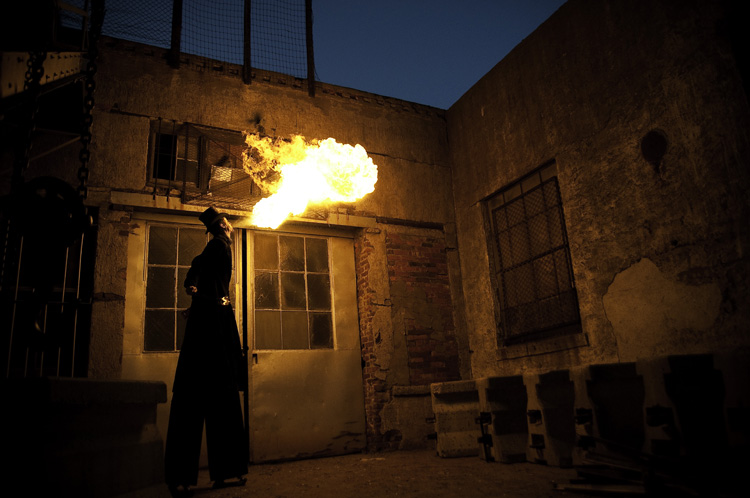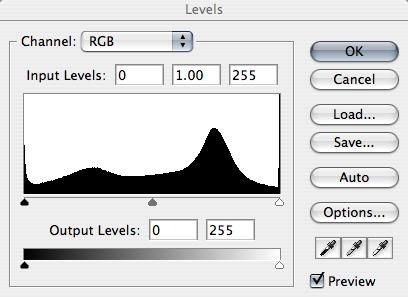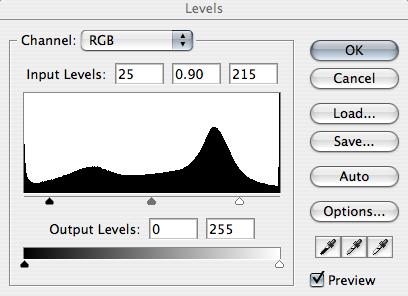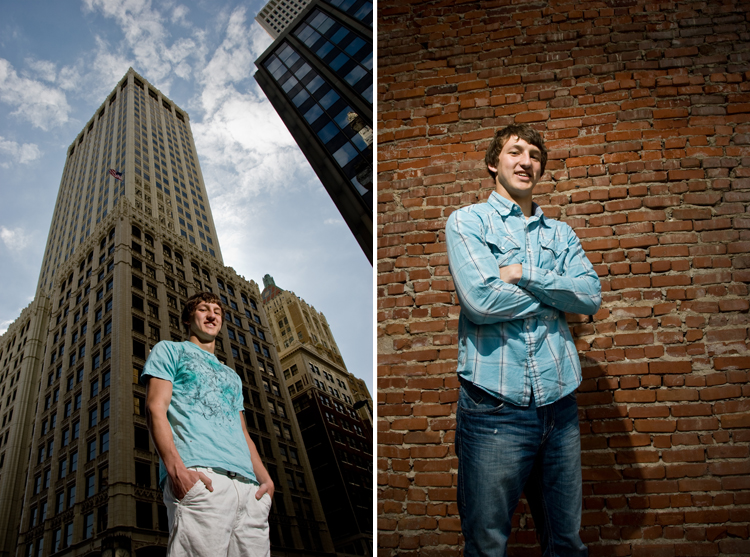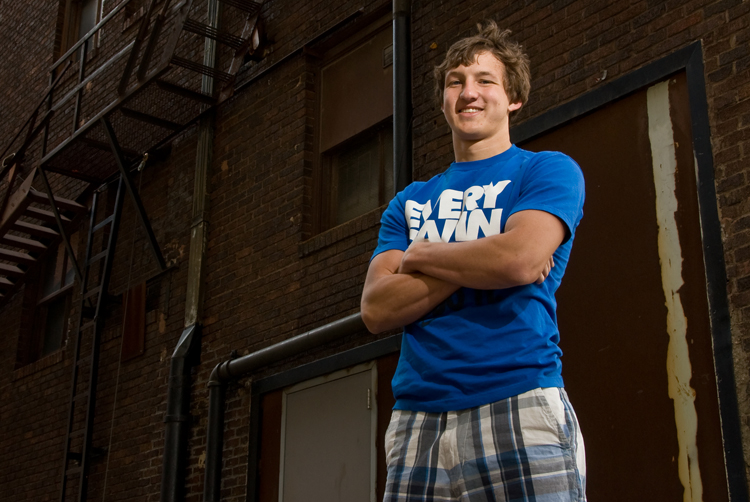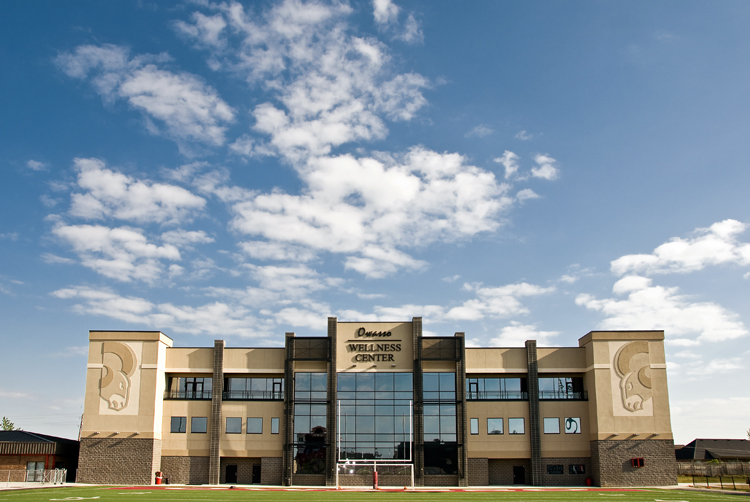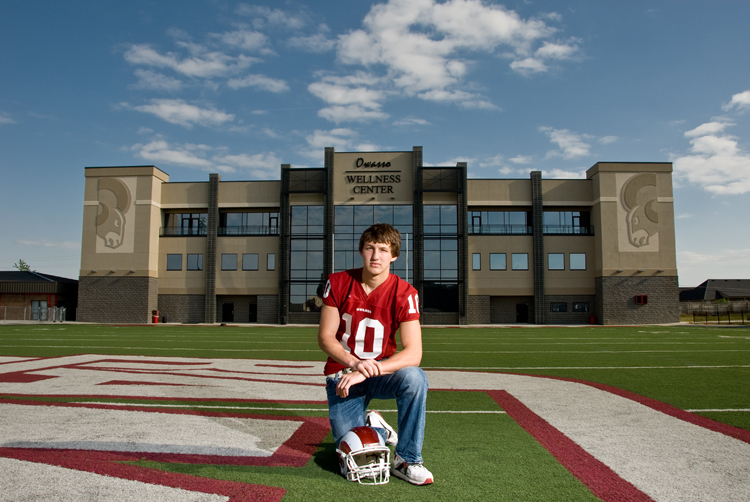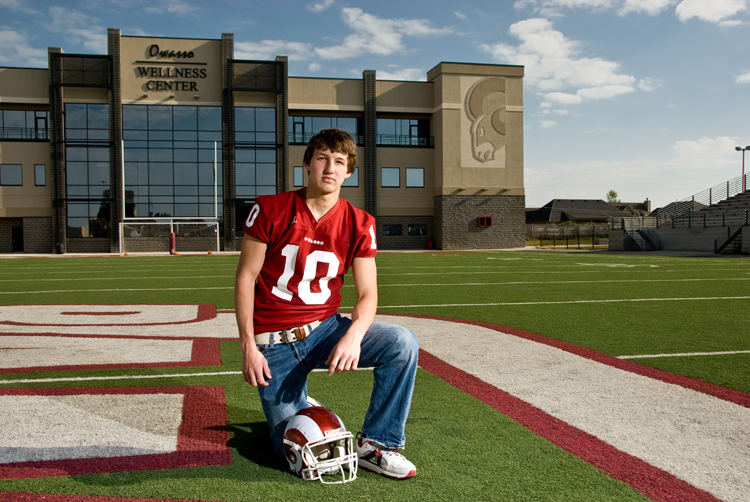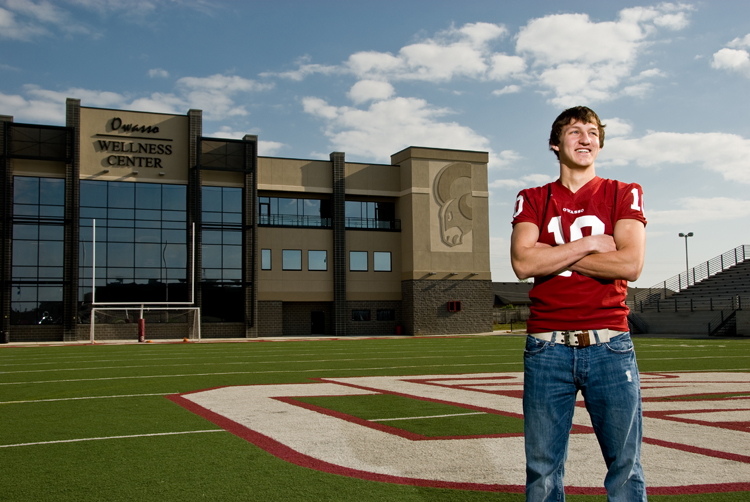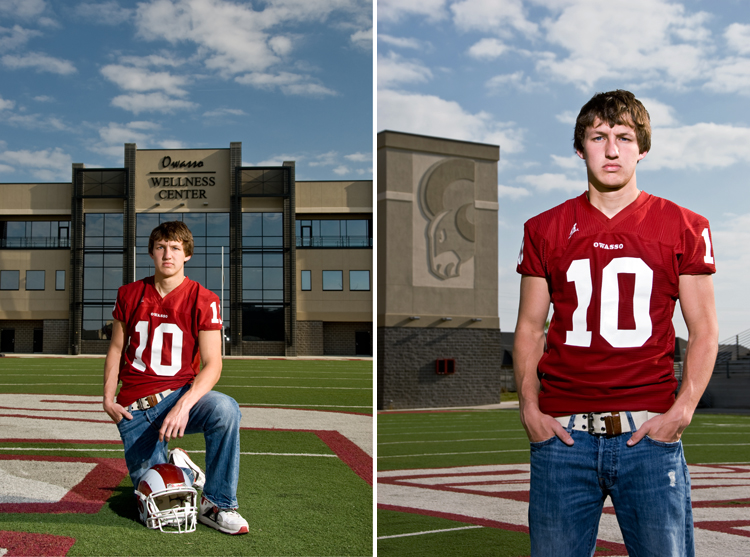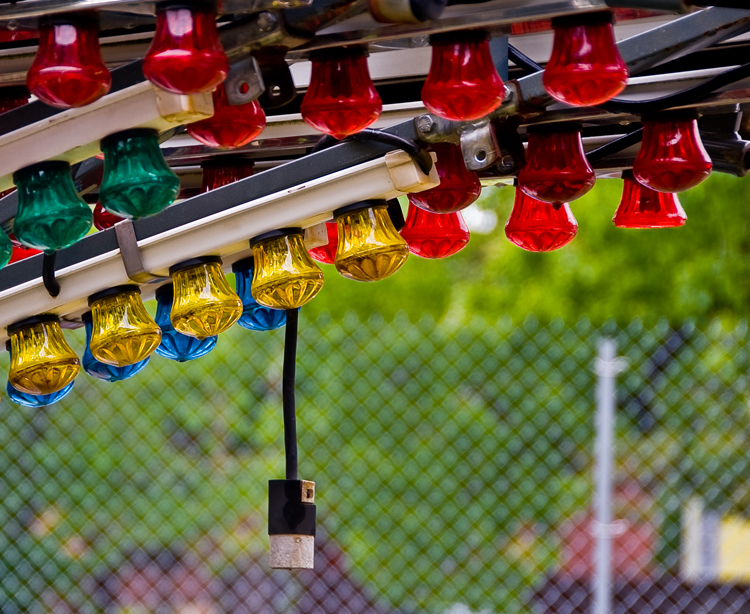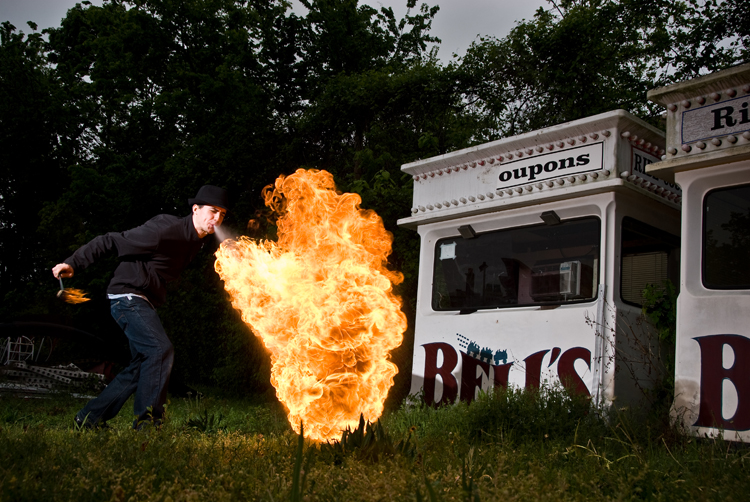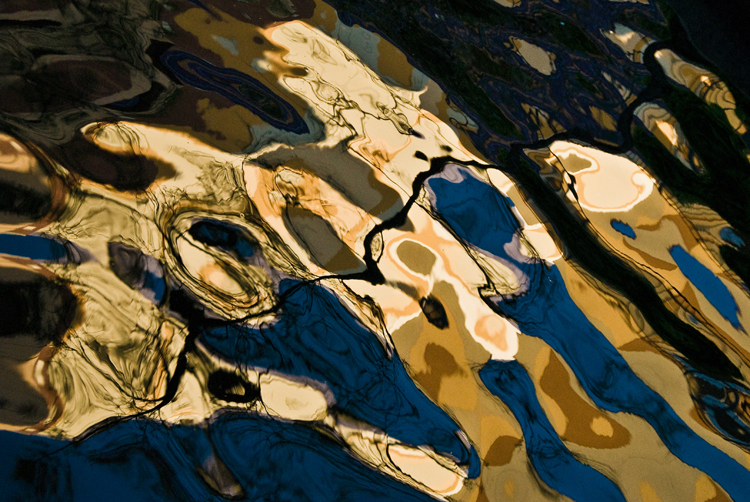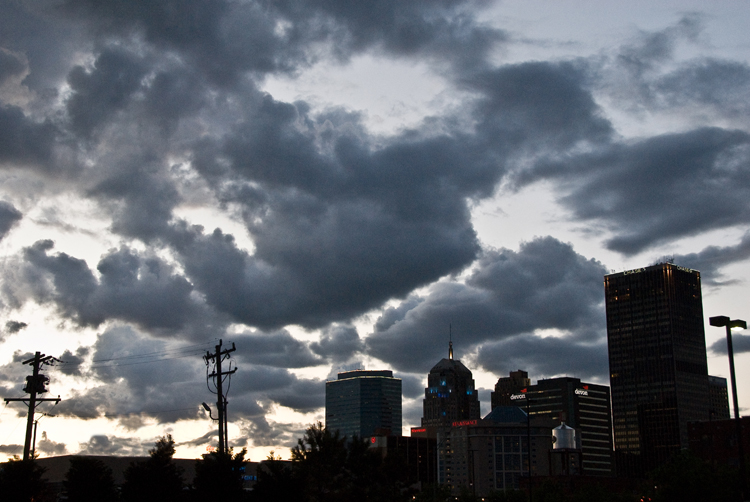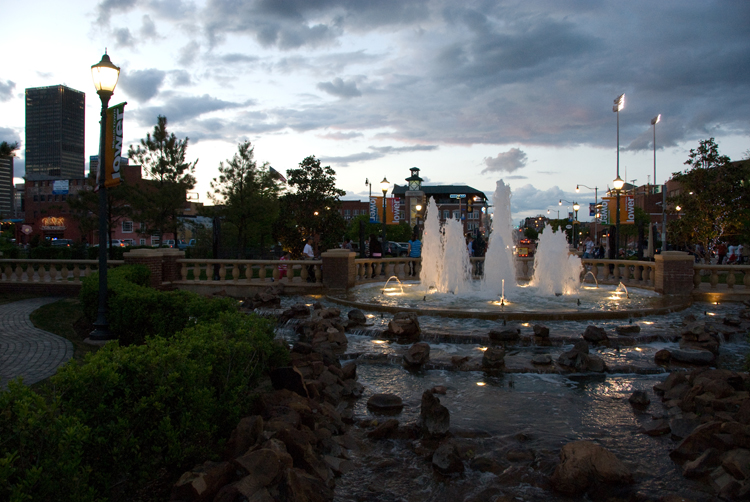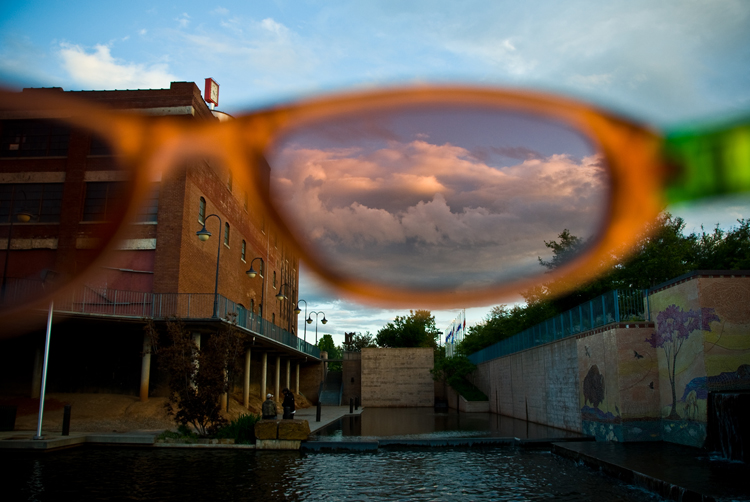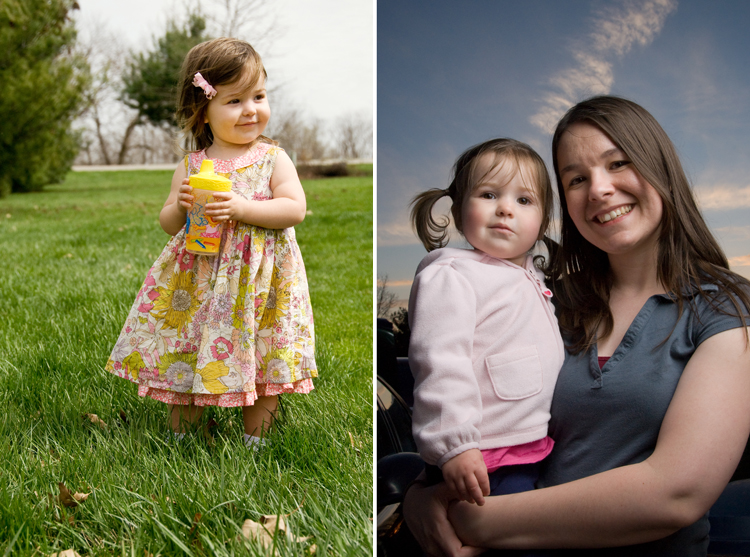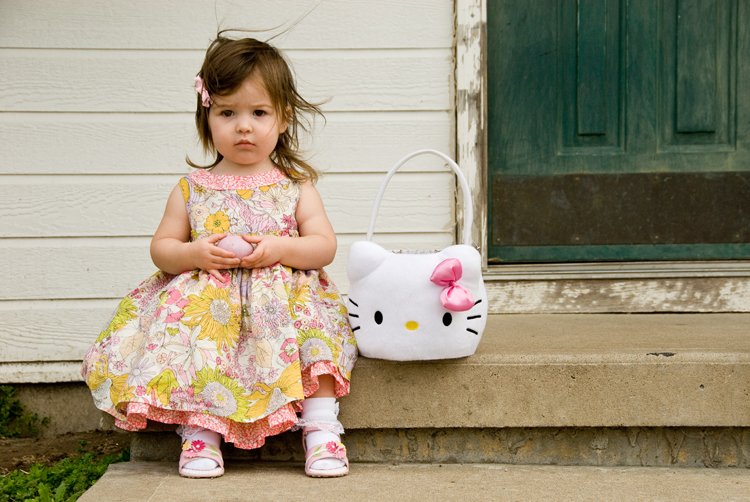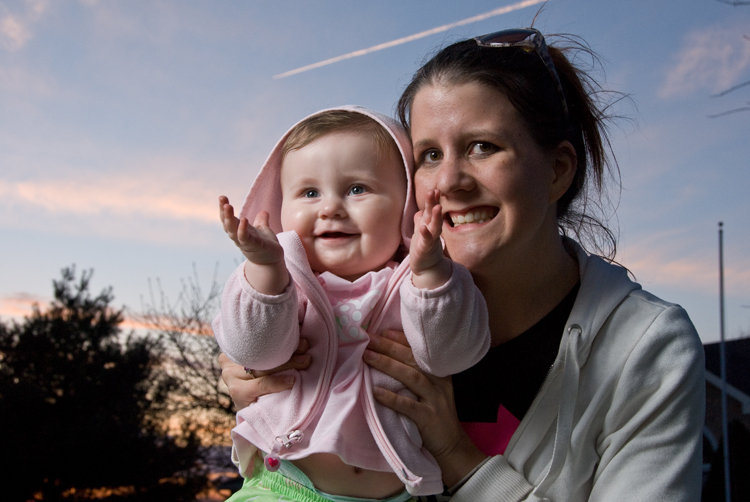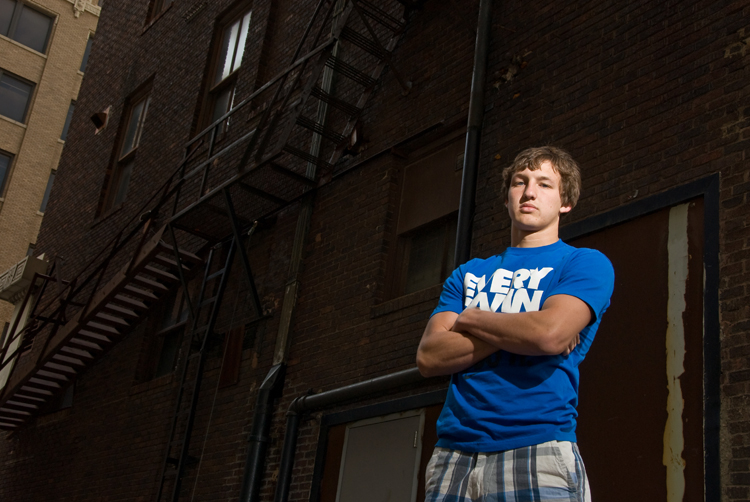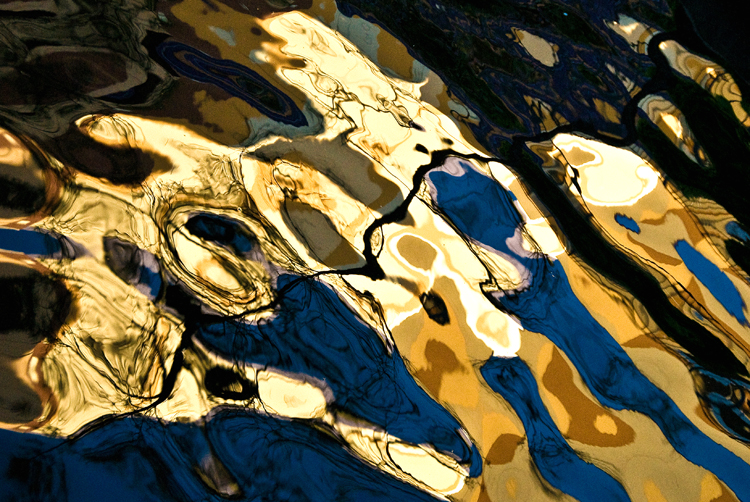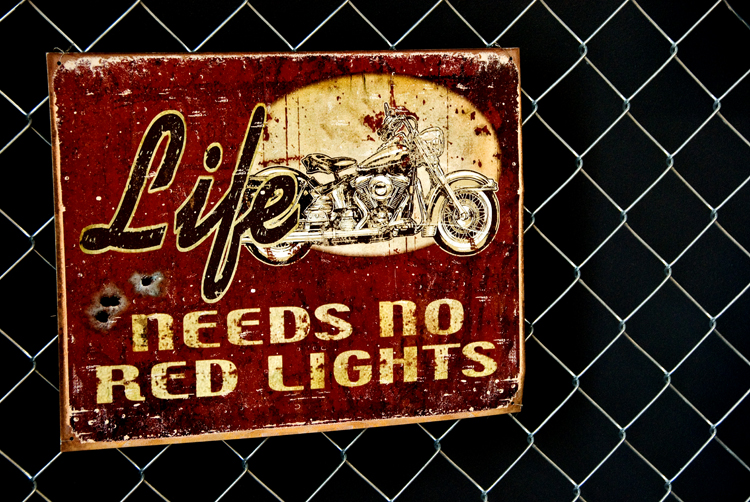
If you’ve been following this blog for any amount of time, it’ll come as no surprise that I really want to help other photographers improve. As much as my schedule allows, I’ve tried to pass on as much help/info as I can. For this week's post, I’ve been asked a number of questions that can be lumped into the same pile. I’ve gotten a barrage of “What blogs are you following?” “Who do you learn from?” “Who do you gain inspiration from?” etc. In other words, I’ve been asked “what do you do to keep up with the photography industry and sharpen your skills?” Well, here’s the skinny on this part of my photoggin’ leranin'.
Let me start off by saying, I put the greatest amount of effort on my family life. I strive to be the man, husband, and father that my family needs. If it were to ever come down to choosing between photography and my family, I’d leave photography in the dust and never look back. I carefully and consciously strive to daily guard my family life. Keep this in mind as you read this post. It can sound like I spend every waking moment reading, studying, and shooting. But I strive to keep a balance between what I do, and who I am to my family - and I tend to lean towards the family side of this balance. Having said that, here’s what I am currently putting into the learning side of my photography.
First of all, I read and ingest as much as humanly possible concerning our craft. I read and study constantly. The internet is a beautiful thing. There is so much good it does. And the proliferation of knowledge is some of it. Land a commercial job photographing custom leather baby shoes, and not know how to light it? Google it, and you’re overloaded with multiple lighting scenarios that’ll help. Get to shoot a model’s portfolio and need some pointers on how to use the only light you have? Search it on Youtube and you’re inundated with videos showing various ways to accomplish a fashion shoot with one light. I recently shot for a new restaurant that opened here in Tulsa. Having never photographed food, I first called a commercial photog friend of mine for pointers. I then quickly hit the web. After a short serf around the net and I was able to walk into the shoot with confidence and accomplished it with peace of mind. The client was ecstatic with the results. So the internet is an invaluable tool in my photographic arsenal. But what about all the other time, when I don’t have a “special” shoot coming up? There are several things I do to continue to learn.
There are several blogs I follow. I have chosen them because of 1) they offer so much in the way of learning, and B) they offer a great deal of inspiration to me. So what ones do I follow? Here’s a few who have made my RSS feed:
zarias.com ~ You’ve probably heard me talk about this dude before. Even though I went through a two year photography school, what I have learned from Zack has revolutionized my photography. School was great for the basics, but what Zack has given away on his blog allowed me to take what I knew and catapult me to another level. He’s one of the present-day lighting gurus. But the biggest thing he offers me is not technique, its inspiration. I’ll not retype his story here, but in short, early on he lost everything, and found himself working at a Kinkos, having to sell all his gear just to pay rent. But it was from there the dude pulled himself up, headed out with a borrowed camera and speedlight, and built a hugely successful career, all without going into debt. Just knowing there’s a regular guy out there who has successfully built a career doing what he loves, is able to provide for his family, and give back to the photography community, gives me a great deal of inspiration to keep going. So, I always read what he has to say.
pixelatedimage.com ~ David is another photographer that has a spot on my RSS feed. Talk about inspiration. First of all, the guy is doing exactly what I aspire to do: travel the world using his camera to work for non-profit organizations. When I was a kid, I wanted to be Indiana Jones when I grew up. I wanted to travel the world in grand adventures, fighting off bad guys. Now that I’m grown, not much has changed. Now I just want to have a camera in my hand. I would love to work with/for organizations like “For the Silent,” “Compassion International,” or “Voice of the Martyrs.” I want to create images that help them further their respective causes. And this type of thing is exactly what David is doing. He’s traveling the world shooting for some great causes. And his blog is constantly updated with very worthwhile posts, offering very sound food for thought on our craft. He has also written several books that I HIGHLY recommend. The most recent one I’ve read is “Visionmongers” ~ An absolute must read for every photographer trying to make a buck IMHO. If you haven’t already, check out his blog, its worth it.
jeremycowart.com ~ Relatively new to my RSS feed is this dude Jeremy. I don’t know much of his background, but he’s another that is very inspirational to me. Last year he is responsible for creating the Help-Portrait movement. This was a grass roots movement of photogs all over, volunteering their time and talents to take family portraits for families who otherwise couldn’t have any made. Around Christmas-time, there were something like 40,000 families around the world who received family portraits for free from photographers around the world. More recently, Jeremy traveled to Haiti to create his Voices of Haiti Project. While there, he created portraits of earthquake survivors. He is now selling these images and all proceeds are going directly towards Haiti disaster relief. It’s a VERY powerful collection of photographs. Plus, the dude is simply an awesome photographer. I love to look at his work.
noireblanc.com ~ I follow Beki’s blog for a couple of reasons. A) she’s an incredibly talented young photographer. By young, I mean, she’s only 17 years old. But, regardless of her age, Beki creates some of the more beautiful nature/macro photography I’ve come across. She’s also quickly become a Queen of Black and White. I have a lot to learn from her concerning BW photography. And 2) Beki is a friend of mine. Though I’m a little biased because she’s my friend, she really is an inspiration. At only 17, she is quite accomplished in her photography skills, is a very creative designer, and maintains a blog that is loaded with stunning images, photography techniques and design ideas. She is one to keep a close eye on. Her career is just starting to blossom. (did you catch the macro pun? Close eye... blossom... um, okay, moving on...)
scottkelby.com ~ Scott is the world’s foremost expert on everything photoshop. I could write forever on what he brings to the table. His blog is updated daily, loaded with tons of industry news, photography techniques, and of course, photoshop stuff. Scott has also written a plethora of books on photography and photoshop. He has another site called kelbytraining.com where members have access to a sea of online photoshop classes. He even has his own online "tv" station at kelbytv.com that airs webisodes teaching photoshop and technical camera stuff. If you’re not familiar with him, you owe it to yourself to get acquainted with what he does. He's like the Michelangelo of modern photography - he's everywhere creating impossible amounts of photography realted stuff.
Here’s a few more on my RSS, since you asked =)…
strobist.com ~ Everything you ever need to know about using hotshoe flashes.
joemcnally.com/blog ~ Joe is the Kung Fu Master when it comes to lighting.
digitalprotalk.blogspot.com ~ This one I just found out about… I haven’t spent a lot of time on David’s blog, but so far, it seems to be loaded with tons of great information, largely aimed at wedding photographers. If you’re into weddings, you may want to check into this one.
One other site I want to bring your attention to is creativelive.com. I’m just starting to learn about it, but I believe this will completely revolutionize the photography industry as we know it. Simply go to the site. Sign up for free. And then, you are able to “attend” live workshops FOR FREE. And there are some amazing workshops being offered. For instance, Zack Arias is conducting a three-day workshop in June. All you have to do is log on and participate. Catch that? Everyone who is “attending” the workshop is able to ask questions to the instructors, as they are conducted LIVE. Not available for the workshop you want to attend? No sweat. Once a workshop is over, you can purchase the workshop and watch it at any time. This is how they offset the cost of the website. In short, watch all the live workshops you want for free. Then, if you miss one and its worth it to you, you can pay for it. Its that simple. This is an amazing concept brought to us by the genius known as Chase Jarvis. I am pumped about it!
So there you go. There’s a short list of where I draw photographic inspiration and knowledge. Check ‘em out. Maybe they can give you something that will help you along on your journey. That’s it from me for this week. Have a good weekend everyone.
Oh, one more thing I want to add. Even though I spend a great deal of time studying, it doesn’t do any good if I don’t get off my backside and get out and shoot. There’s a deliberate reason I end every post telling you to go shoot. As much as I want you to learn something here, my goal is to get you out there and shoot. Do all the “book” learnin’ you want, but there’s no substitute for experience. Soooo...
Now, go out and shoot something!
